I'm starting to use angular-cli and I've already read a lot to find an answer about what I want to do...no success, so I came here.
Is there a way to create a component to a new module?
e.g.: ng g module newModule
ng g component newComponent (how to add this component to newModule??)
because the angular-cli default behavior is to put all new components inside app.module. I would like to choose where my component will be, so that I can create separated modules and won't have all my components inside app.module . It is possible to do that using angular-cli or do I have to do this manually?


